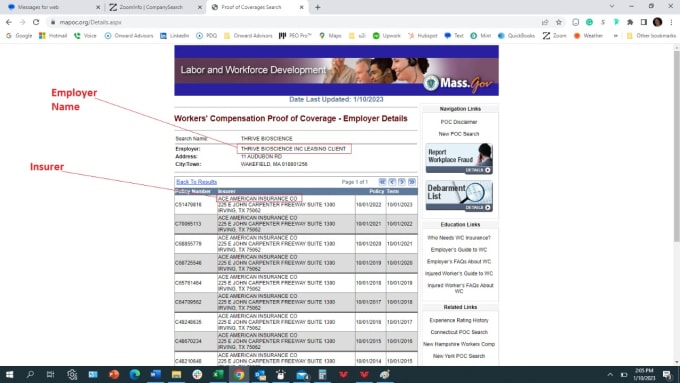

In the Order list, select the order that you want to apply to the sort operation - alphabetically or numerically ascending or descending (that is, A to Z or Z to A for text or lower to higher or higher to lower for numbers).įor more information about how to sort data, see Sort data in a range or table . It defaults to ascending order (A-Z) automatically. This function tells Excel to sort our entire range (cells A2 through D16) by the 'State' values in cells B2 through B16. Pressing the Ctrl and the Home key together will take you to the first cell in your data range. Inside the cell or the formula bar, type the following: SORTBY (A2:D16,B2:B16) Press Enter. This is very useful to navigate large lists.

In the Sort On list, select either Values, Cell Color, Font Color, or Cell Icon. Pressing the Ctrl key and the Up, Down, Left or Right directional arrow keys together will take you to the last used cell in that direction. In the Sort by list, select the first column on which you want to sort. On the Data tab, in the Sort & Filter group, choose Sort. Select a single cell anywhere in the range that you want to sort. Select a single cell in the column on which you want to sort.Ĭlick to perform an ascending sort (A to Z or smallest number to largest).Ĭlick to perform a descending sort (Z to A or largest number to smallest). The range can include titles that you created to identify columns or rows. Select a range of data, such as A1:L5 (multiple rows and columns) or C1:C80 (a single column). When people refer to Excel files, they are referring to workbooks, which are files that contain one or more sheets of data on.


 0 kommentar(er)
0 kommentar(er)
